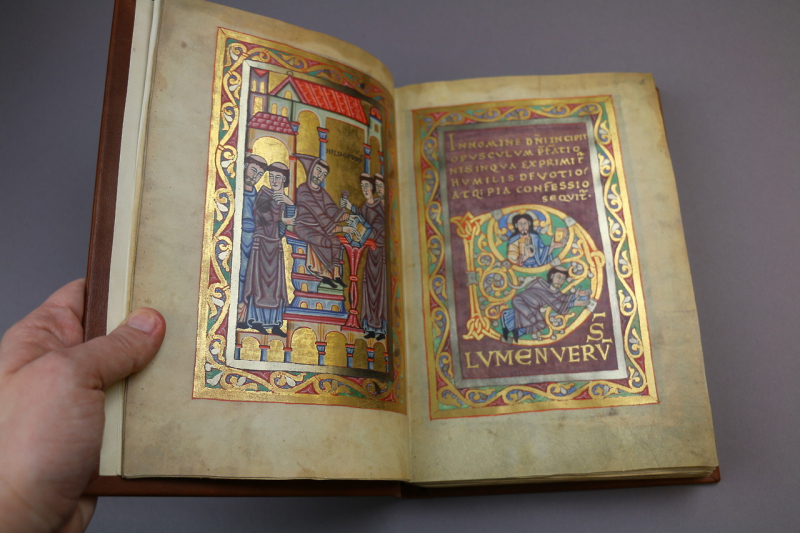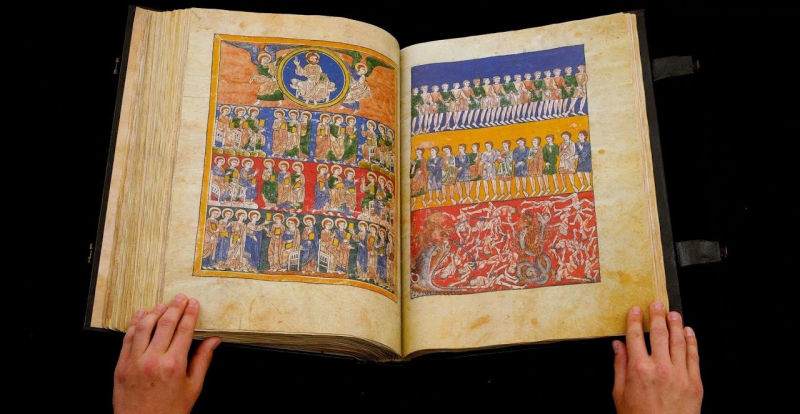Gospels of Henry the Lion
Henry the Lion - Count of Saxony - commissioned the Gospels of Henry the Lion for the Virgin Mary altar at the church of Saint Blaise's Abbey in Brunswick, also known as Brunswick Cathedral. The book is widely regarded as a masterpiece of 12th-century Romanesque book illumination. At the Helmarshausen Abbey, the gospel book was commissioned for the duke.
The church at Brunswick was completed in 1174, and the Virgin Mary's altar was built in 1188. Historically, most experts dated the gospel book's production around 1175 ("early dating"), but the consensus now places it about 1188. ("late dating"). The manuscript, which contains 266 pages of text from the four gospels and 50 full-page pictures, was sold at auction for £8,140,000 on December 6, 1983, at Sotheby's in London.
German governments, Saxony and Bavaria, the Foundation Preußischer Kulturbesitz, and individual contributors funded the purchase price as part of a German national effort for the purpose of indigenous assets (largely from Brunswick). It was the world's most costly book till 1994, after Bill Gates purchased the Codex Leicester, a Leonardo da Vinci manuscript. The Gospels of Henry the Lion, which has been preserved in its whole and includes 50 full-page miniatures, is now housed at Wolfenbüttel's Herzog August Bibliothek and exhibited only every two years for security concerns.
_
Price at launch: $11.7 million
Commissioned by: Henry the Lion












